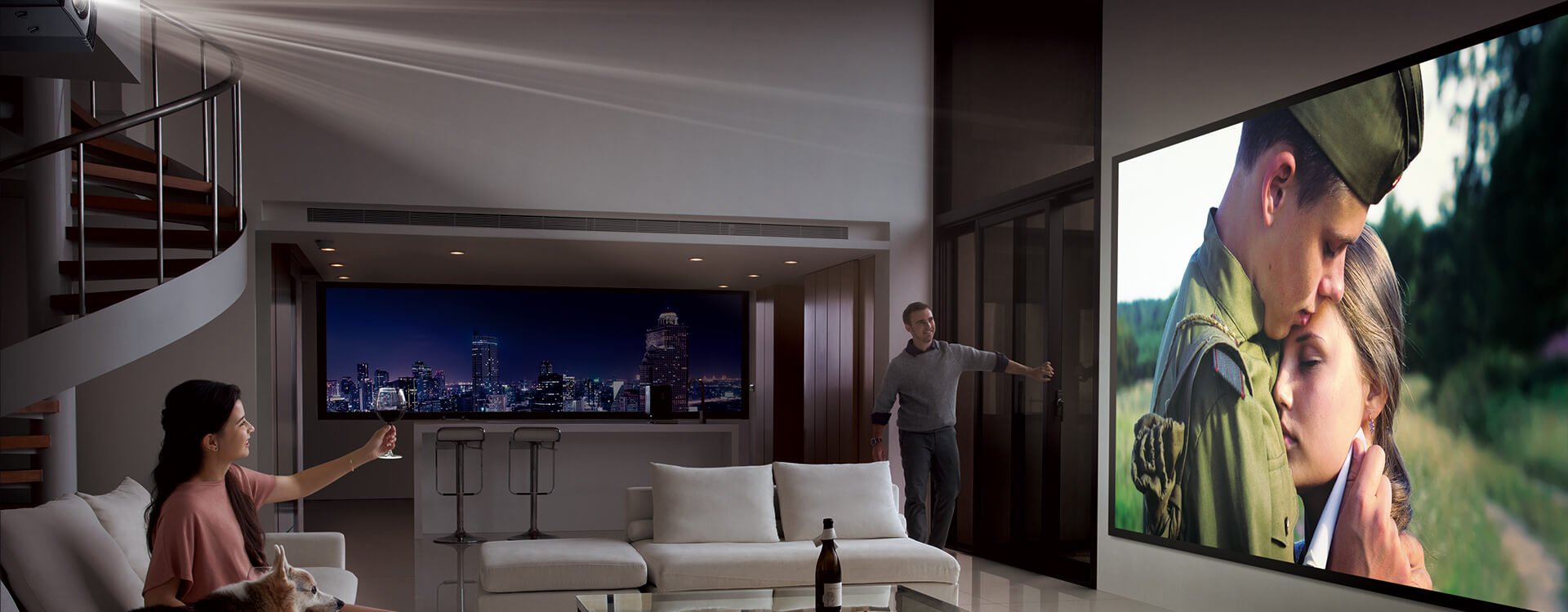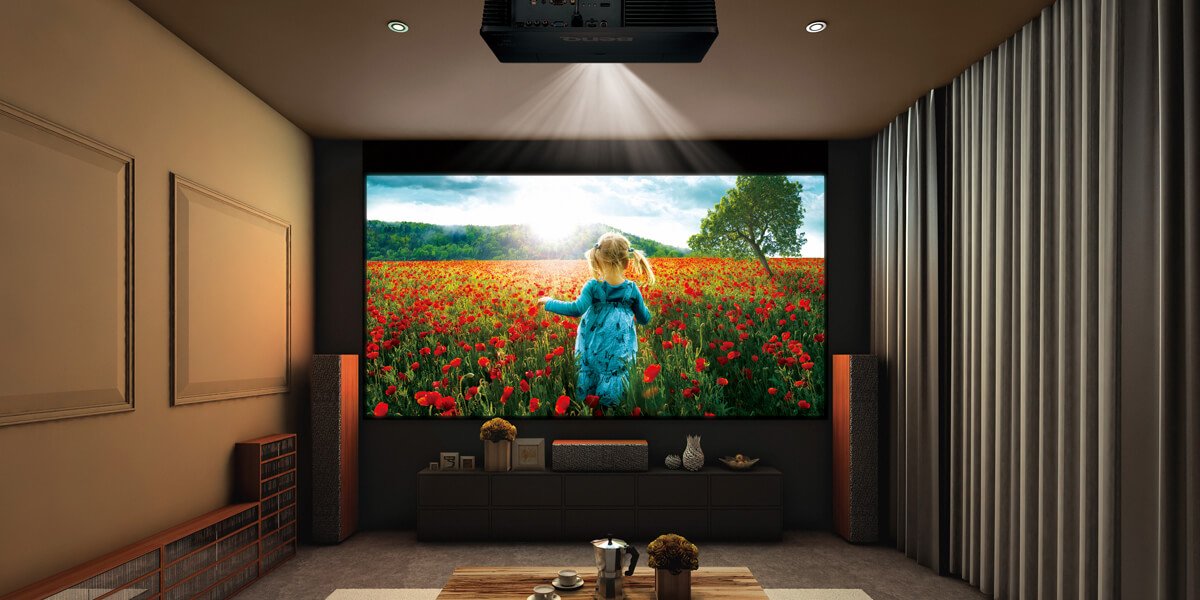


Remember when high definition was the latest thing? I do. I first saw an HD TV at the Consumer Electronics Show a while back and I was astonished. Demo video was running on a loop of someone pouring champagne into a glass. The definition was definitely the sharpest I had ever seen. I could see every individual bubble rise to the top and churn as the bubbly bubbled. It felt like I was swimming through the sparkling beverage, and it felt like a toast to the future of video. It was.
Technology marches on. Black and white became color and standard definition became high. 480p (A 480 pixels tall picture) became 720p (720 pixels tall) and evolved into 1080p (1080 pixels tall). Now there’s 4K. That’s 2160p. The champagne video I wondered over was presented in 1920 by 1080 pixels. 4K is four times as sharp a picture, glistening in 4096 by 2160 pixels.
OK, so what do all these pixels do for you, the viewer?
What makes 4K video resolution awesome is the ability to go big. Really big. Deeper resolution means TV or projector screens can be bigger and bigger without sacrificing sharpness, contrast, and color. You see, the bigger a screen gets, the greater the potential for the picture to look fuzzy – if the resolution doesn’t scale up with it. The more pixels you can stuff into the space of a screen dimension, the sharper the picture will look. The tighter packed the pixels are with all the neighboring pixels, the better.
Think of it this way: You print out some photos on your inkjet printer with brand new cartridges installed. The photos come out looking great, with rich details and vivid color and contrast. Now, let’s say the ink cartridges are on their last legs. The colors look washed out and maybe some don’t even print at all, right? The new cartridges gave you more saturation. Video resolution has it limits in a similar way. Bigger screens need more pixels, and 4K is the sharpest available today.

DVDs were cool until Blu-Ray hit the scene. Now Blu-Ray has advanced from the SDR, or Standard Dynamic Range to the heights of HDR, or High Dynamic Range. Color is deeper. Blacks are blacker. Contrast is sharper. The same goes for broadcast and streaming programs from television series to sports. Three key aspects define the ultra-high definition world of 4K:
BenQ 4K projectors feature a skillfully constructed pure 4K-optomized optical system for the ultimate image precision and color accuracy. With the Texas Instruments DLP Ultra High Definition (UHD) technology, BenQ 4K projectors deliver 8.3 million distinct pixels for true 4K UHD performance, complying with the 4K UHD standard set by the Consumer Technology Association (CTA).
Resolution, color gamut and dynamic range have become the most important roles to determine the visual performance of 4K UHD displays. Color gamut and dynamic range are two sides of the coin affecting the performance of the HDR effect.
With HDR, a projector can display richer, more accurate (true-to-life) colors. There are a bazillion colors in the world out there, and the wider the color gamut a device has, the more it can display. Some projectors attempt to display this broad color spectrum by “color mapping” or “tone mapping.” The device attempts to cover for its limitations by changing how it presents colors based on its capabilities.
That means a projector with wider color gamut can show richer and more accurate color after HDR color mapping.
Details, details, details. It’s all about the details. High dynamic range devices can deliver greater contrast between really bright scenes and really dark ones. HDR expands the range from dark to bright and deepens colors, resulting in more realistic scenes for your viewing pleasure.
Dynamic range, or, the overall brightness range, is determined by a display’s or projector’s contrast ratio. That is the ratio of luminance (amount of light) between the darkest black and the brightest white that the device can reproduce. The higher the contrast ratio, the wider the dynamic range. That’s why it’s important for 4K displays to achieve high contrast ratio to perform smoother transitions between scenes and more details in bright and shadowy areas.
High dynamic range (HDR) expands the limits of the levels of bright and dark a TV or projector can display. HDR also makes colors more vibrant and richer in saturation (remember the ink jet cartridges?) What you’ll see are more realistic images. More true-to-life pictures. Not only can you see all the little bubbles in a champagne glass, you can read their name tags, too.
Hollywood has upgraded the color standard for filmmaking from Rec. 709 to DCI-P3 and has also enhanced the resolution by moving from Full HD to 4K. Simply put, this means the cinematographers, the directors and the producers working in cinema and cinematic television today are going to greater lengths to capture real world scenes that dazzle in their realism. The DCI-P3 color space is 1.26 times wider than Rec. 709, especially in the green and red areas of the spectrum. Compared to the older 1080p films, theatergoers can now enjoy richer and more lifelike colors from 4K technology, and BenQ brings that experience home.
{{title}}
We will notify you when we have more.
We will send you an email once the product become available.Your email will not be shared with anyone else.
Sorry, our store is currently down for maintenance.We should be back shortly. Thank you for your patience!